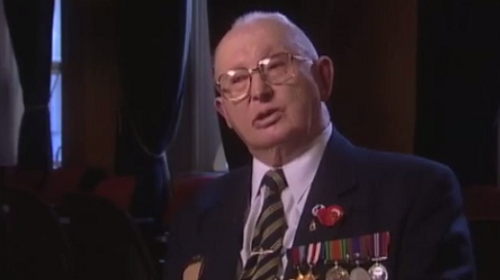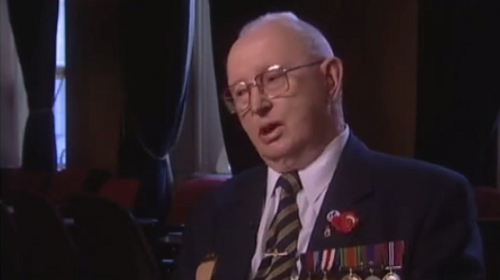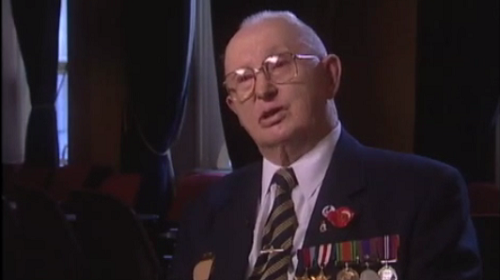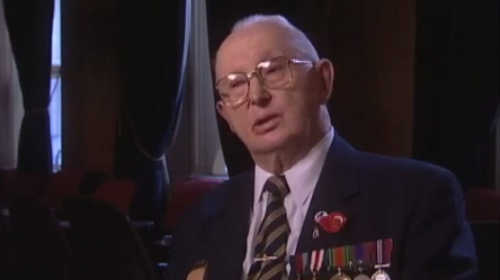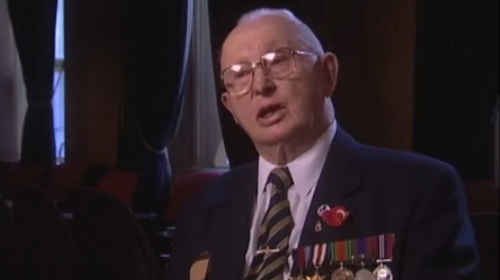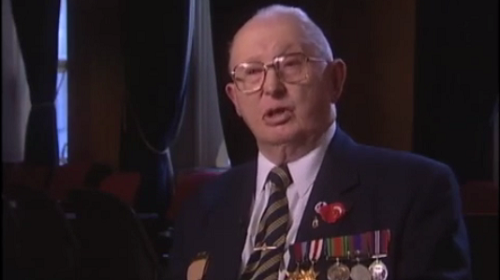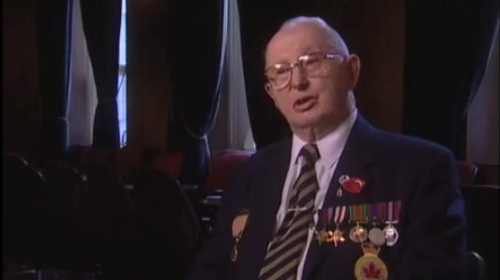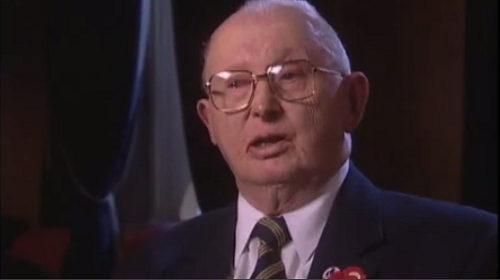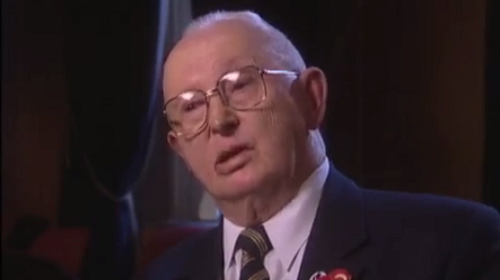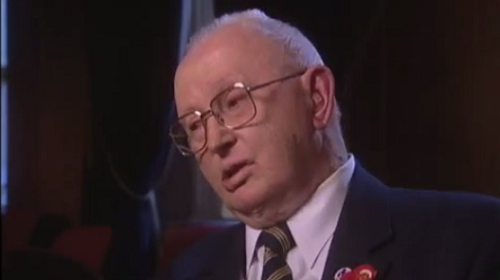Being a Barber at Sea
Heroes Remember
Being a Barber at Sea
Transcript
Description
Mr. Senycz tells of giving haircuts for 10 cents each to the soldiers while going overseas and making a year’s wage in two weeks.
John Senycz
Mr. Senycz was born August 22, 1920 in Colhurst, Alberta. His parents were both of Polish descent, born in Czechoslovakia, and moved to Canada to work in the coal mines. At age two, his father died and his mother remarried. Mr. Senycz joined the Canadian Army 4th Division Tank Corps in 1942 and was shipped overseas to England. It was during the Battle of Falaise that his tank got hit and the crew of five soldiers was badly burned. Because of the severity of Mr. Senycz’ burns, he was transported to Basingstoke hospital in England for rehabilitation. With the many burns and scars, Mr. Senycz underwent three to four years of plastic surgery to his face. On September 18, 1945, Mr. Senycz was discharged from the Canadian Army from the orderly room in Vancouver, BC. He later married, moved to Calgary, Alberta, and raised a family.
Meta Data
- Medium:
- Video
- Owner:
- Veterans Affairs Canada
- Duration:
- 2:04
- Person Interviewed:
- John Senycz
- War, Conflict or Mission:
- Second World War
- Branch:
- Army
- Units/Ship:
- 4th Armoured Division
Related Videos
- Date modified:



